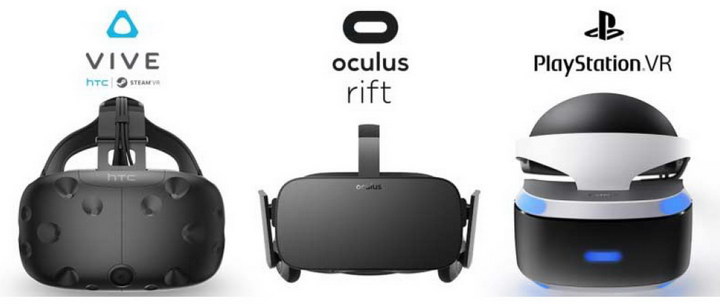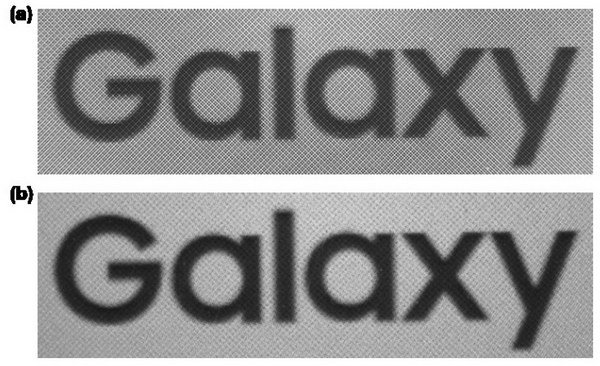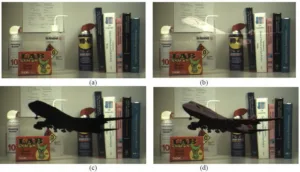It is well known by anyone that has tried a VR headset that the image quality of commercially available VR HMDs is mediocre, at best, and there are multiple factors that degrade the image quality. The papers describe attempts to address two of these image quality problems, motion blur and screen door effect (SDE).
Paper 78.1 was titled “The Study of Motion Blur Behavior in the Strobe Backlight LCD for Virtual Reality Application” and was from Chang-Hung Li at AU Optronics. The paper showed that motion blur in LCD-based VR HMDs could be noticeable reduced by strobing the backlight.
Paper 78.2 was titled “The Optimum Display for Virtual Reality” and was from Jin Woo Kim at the OLED Development Center at Samsung Display Co. Guess what his conclusion was? OLED displays are the optimum display, of course. There is no need to strobe the backlight because OLEDs are emissive displays and can be strobed as desired. Also, OLED displays can be curved to match the curved field of the large aperture lenses used in VR HMDs. He pointed out that the HMDs from three major manufacturers all use OLED displays, so he may even be right.
 VR products from three major VR manufacturers all use OLED displays. (Image: Samsung)
VR products from three major VR manufacturers all use OLED displays. (Image: Samsung)
Paper 78.3 was titled “Screen Door Effect Reduction with Diffractive Film for Virtual Reality and Augmented Reality Displays” and was from Brett Sitter at 3M. The paper describes a holographic film, called PEF (performance enhancement film), designed to remove the screen door effect in VR HMDs based on low aperture ratio OLED display. It is not a diffusing film, it is a film designed to make multiple copies of the image of each sub-pixel. These multiple images fill in the black spaces between the sub-pixels.
This PEF was shown in the 3M booth on the exhibition show floor and I got to try it. It does noticeable reduce the screen door effect and the 3M paper shows it does not reduce the resolution much, certainly not as much as a diffusing film or defocusing would do.
Paper 78.4 was titled “Screen Door Effect Mitigation and Its Quantitative Evaluation in VR Display” was from Joung-min Cho at Samsung. The paper and results were so similar to the 3M paper (78.3) that during the Q&A session I asked if this was a report on the effects of the 3M film. The speaker denied it and said that the development of the SDE reduction film was done in house at Samsung.
 Microscopic images (x50) of a 577 PPI OLED smartphone display (a) without the Samsung SDE reduction film and (b) with the film.
Microscopic images (x50) of a 577 PPI OLED smartphone display (a) without the Samsung SDE reduction film and (b) with the film.
Conclusions on the Technical Papers on AR and VR
There is a lot of work going on both in industrial and academic settings on the development of AR and VR systems. In particular, researchers are addressing user complaints (including mine) on image quality, especially in terms of motion blur, screen door effect and accommodation. In addition, significant work is being done on more efficient optical designs, especially for see-through AR. Dedicated OLED microdisplays are also emerging for AR.
The consensus among technical people at SID was that, going forward, OLED displays would be king-of-the-hill for VR, where the relatively low brightness of OLEDs is not an issue. There are OLED solutions for the higher brightness requirements of see-through AR as well. Here, the cost issue raises its head, but this is probably a surmountable barrier. If AR and VR flounder in the future the way 3D TV did, it won’t be because the technical problems were not addressed by researchers. –Matthew Brennesholtz

